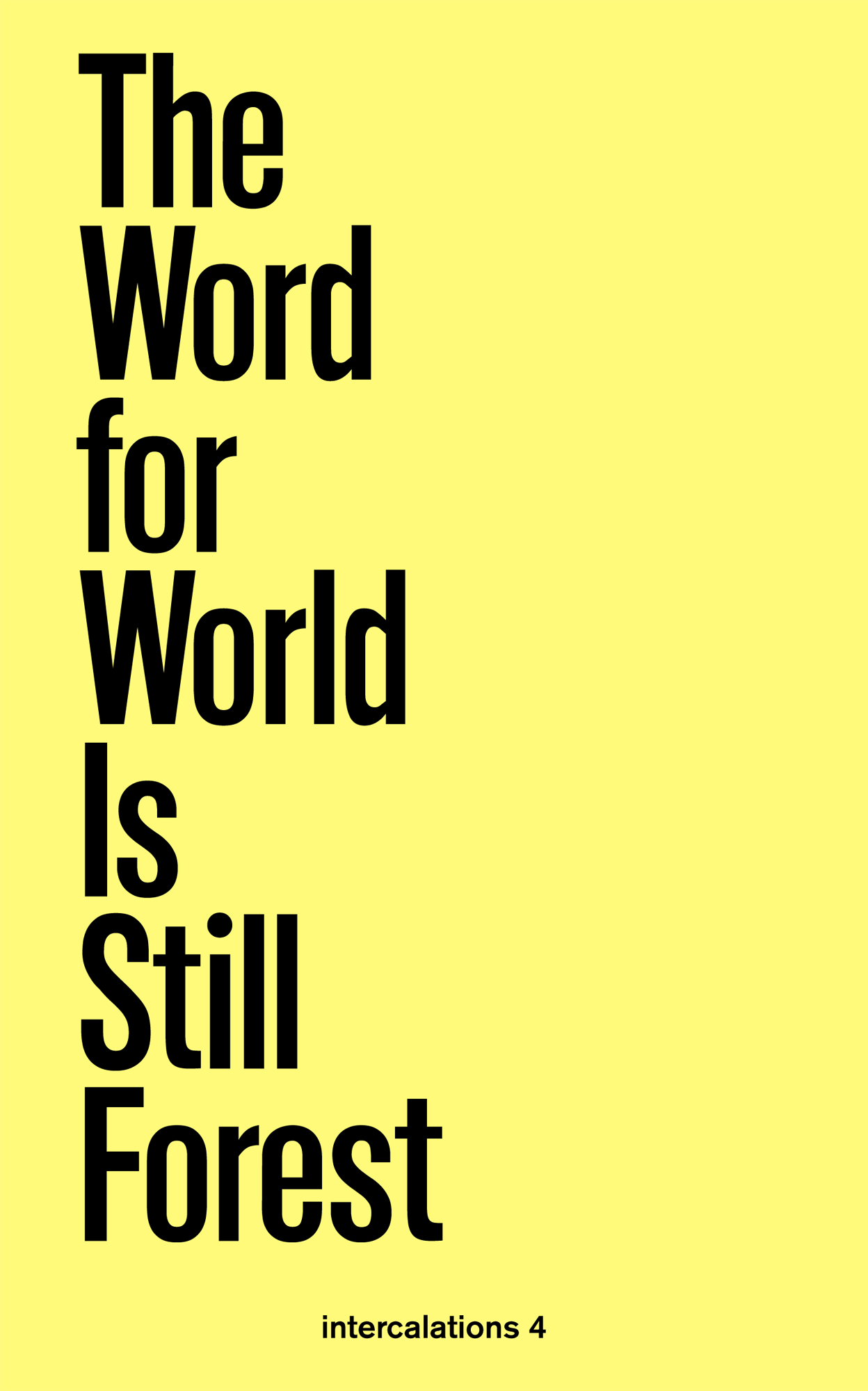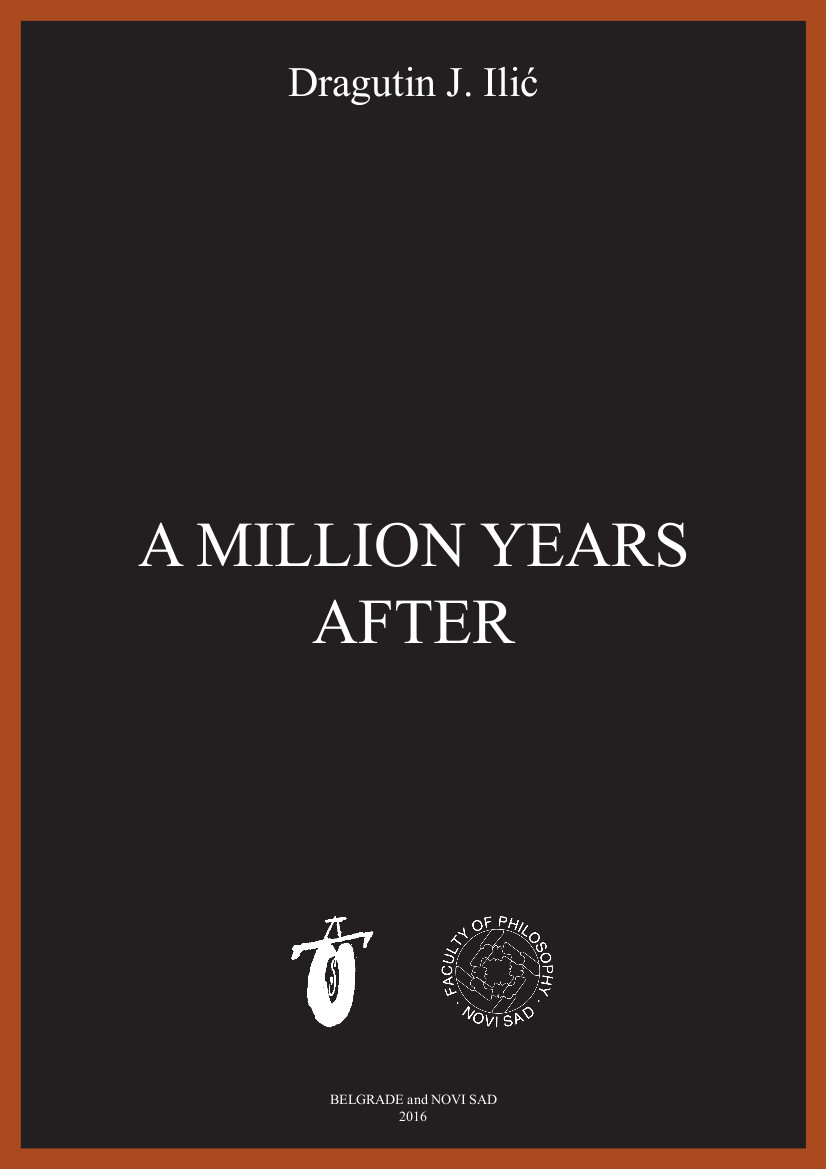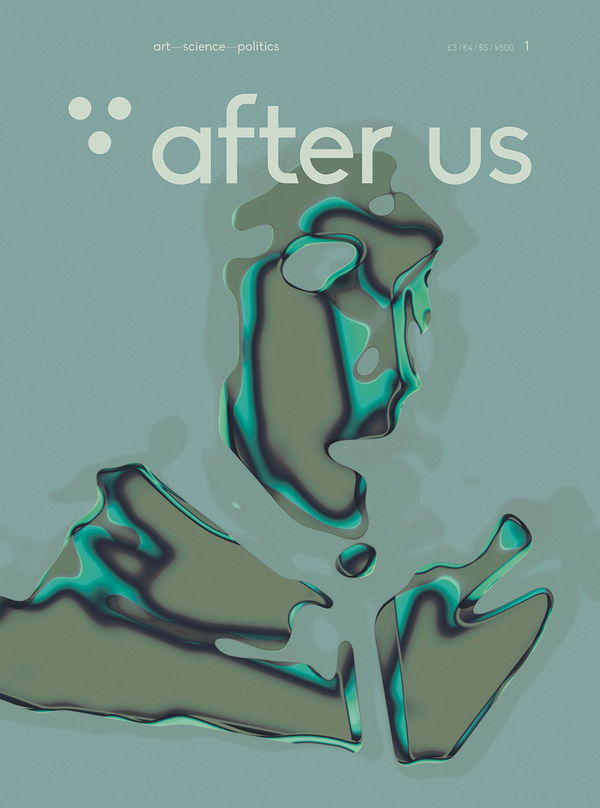The Word for World Is Still Forest (2017)
Filed under book | Tags: · anthropocene, botany, forest, nature, science fiction

“Taking its title from Ursula K. Le Guin’s 1972 novella, The Word for World Is Still Forest curates an homage to the forest as a turbulent, interconnected, multinature.
Moving from concepts of the forest as a thinking organism to the linear monocultural plantations that now threaten the life of global forests, the volume includes an interview with anthropologist Eduardo Kohn on perspectival multinatural semiotics based on his observations in Ecuador as well as a piece by Canadian forest ecologist Suzanne Simard, with visualizations by Kevin Beiler, examining how fungi networks uptake nutrients of salmon brought from sea to river to land by grizzlies and wolves. Curator Dan Handel presents an excerpted exhibition on “wood” as a vital element of forest mythology and the driver of industrial resource management. Media designer and data curator Yanni A. Loukissas adds a series of reflections on botanical data from Harvard University’s Arnold Arboretum.
An original typography of tree forms from artist Katie Holten’s Tree Alphabet reconnects the paper of the book page to its forest genealogy. Brazilian architect and urbanist Paulo Tavares contributes an annotated visual composition on Amazonian human rights violations and indigenous struggle, highlighting the hybrid literacies required by resistance movements fighting illegal logging and plantations. Shannon Lee Castleman also addresses illegal logging in her photo essay on the incremental harvesting practices in the diminished tropical forests of Indonesia, while the landscape architect Sandra Bartoli offers a little known history of the ancient trees of the urban forest known as the Berlin Tiergarten and Silvan Linden portrays a case study of Berlin’s ever-more controversial urban “wild.” The Nonuya elder and shaman Abel Rodríguez contributes an oral narrative of the Ancestral Tree of Plenty, transcribed in collaboration with the Tropen Bos International Colombia forest conservation group, alongside a series of his drawings of medicinal plants used for botanical conservation efforts. In resonance, the book also contains an essay by Pedro Neves Marques about the particularity of Amerindian images of naturecultures. Finally, the book includes excerpts of Ursula K. Le Guin’s original text, The Word for World Is Forest.”
With contributions by Sandra Bartoli, Shannon Lee Castleman, Dan Handel, Katie Holten, Eduardo Kohn, Ursula K. Le Guin, Silvan Linden, Yanni A. Loukissas, Abel Rodríguez, Suzanne Simard & Kevin Beiler, Paulo Tavares, and others.
Edited by Anna-Sophie Springer and Etienne Turpin
Publisher K. Verlag & Haus der Kulturen der Welt, Berlin, 2017
Intercalations series, 4
ISBN 9783981863505
xix+202 pages
Dragutin J. Ilić: A Million Years After (1889/2016) [Serbian, English]
Filed under fiction, play | Tags: · science fiction

Dragutin J. Ilić (1858, Belgrade – 1926, Belgrade), the son of poet Jova Ilić, and the older brother of poet Vojislav Ilić, wrote poems, short stories, travelogues, critiques, and thirteen theatre plays. One of them, A Million Years After (1889), is one of the earliest science fiction plays to be written.
In it, the last two members of the old human species spend their last days on Earth, being persecuted by a new species for which they are no more than scientific material. The new species forms the “Spirit-world” and knows no feelings, emotions or passion. The work thematises the encounters with extraterrestrial civilizations, space travel and planetary colonisation.
The author and his work had been ignored and virtually forgotten until the mid-1980s. In 1988, Sava Damianov prepared a facsimile edition of Posle milijon godina [A Million Years After], and in 1995, the play was premiered at the National Theatre in Belgrade, directed by Saša Latinović. In 2008, the digital edition of the play appeared online. This translation is the result of a workshop organized in 2014.
Originally published as После милијон година in the journal Јавор, 1889.
Translated by Marko Đurišić, et al.
Edited by Zorica Đergović-Joksimović
With an Introduction by Bojan Jović
Publisher Institute for Literature and Art, Belgrade, and University of Novi Sad, Novi Sad, 2016
Open access
ISBN 9788660653521
67 pages
Commentary: Zoran Živković (Serbian, 1990), Nemanja Radulović (Serbian, 2007).
Publisher (IKUM)
Publisher (FF UNS)
После милијон година (Serbian, 1889/1988/2008, HTML)
A Million Years After (English, 2016, PDF, PDF)
After Us: Art—Science—Politics, 1 (2015) [English/Spanish]
Filed under magazine | Tags: · accelerationism, aesthetics, art, artificial intelligence, machine, politics, science fiction

“Through essays, pictorials and fiction, After Us hopes to look beyond the horizon, exploring developments in science and technology, new forms and expressions in art, and alternative political thinking. In print and online.”
Contents: Essays by Nora N. Khan on artificial superintelligence, Liam Young on architecture for machines, Nick Srnicek on neoliberalism and aestheticism, Benedict Singleton on modern film archetypes. Interview with Walter Murch by Dave Tompkins. Fiction by Juan Mateos. Art by Timothy Saccenti & Sam Rolfes, Lawrence Lek. Illustrations by Stathis Tsemberlidis, Adam Ferriss, Alex Solman, Patrick Savile.
Publisher Optigram, London, Sep 2015
32 pages
HTML (English, use menu to browse contents)
PDF (English, 10 MB)
HTML (Spanish, expand menu item “translations” to browse contents)
See also Issue 2.
Comments Off on After Us: Art—Science—Politics, 1 (2015) [English/Spanish]
